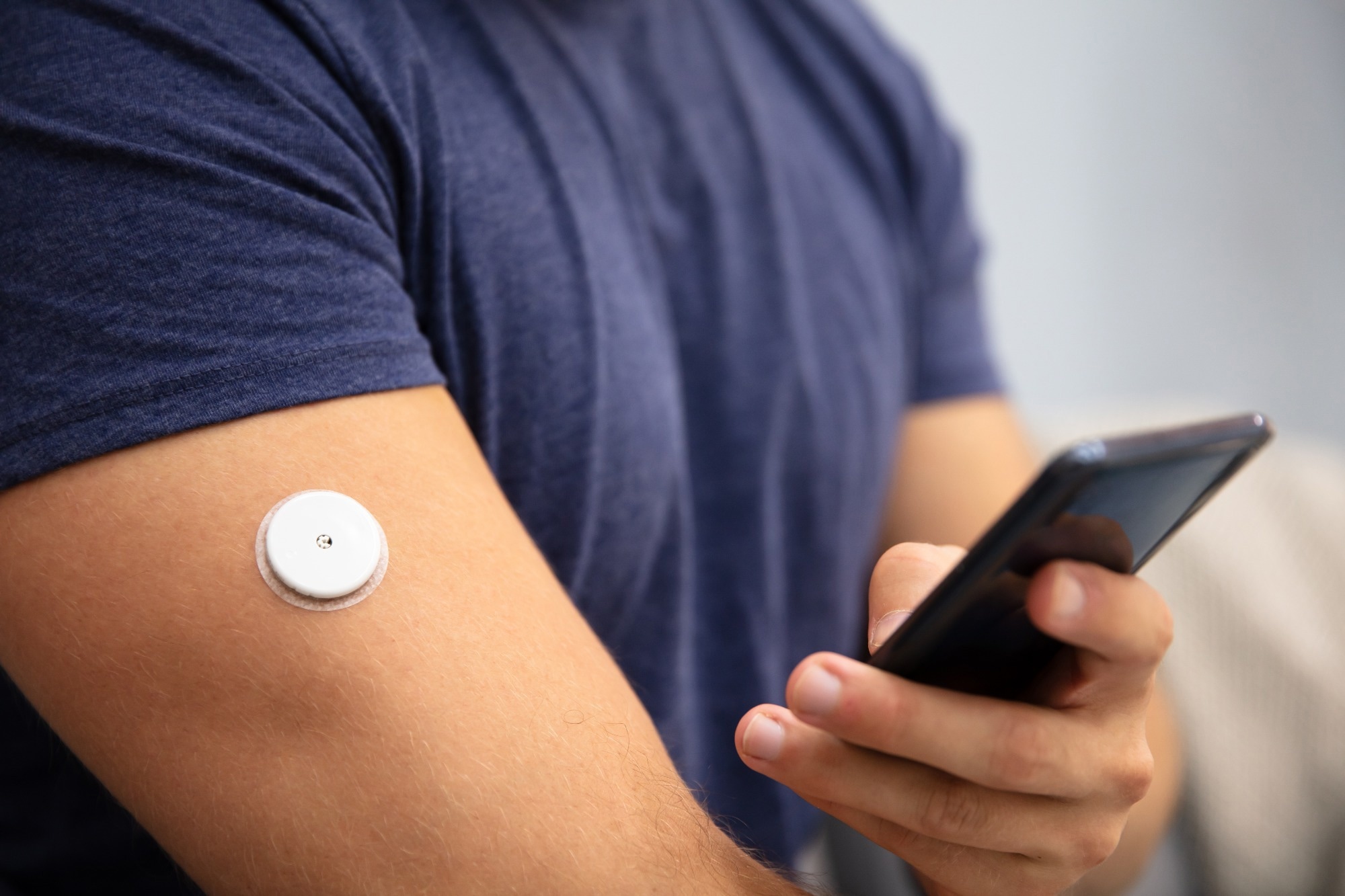A quick look at the best blood sugar monitor without finger pricks
- Best CGM for discreet wear: | Skip to review
- Best long-lasting CGM sensor: | Skip to review
- Best integrated CGM and insulin pump: | Skip to review
Fingerstick meters have been a cornerstone of diabetes care for years, but repeatedly pricking your finger throughout the day can be uncomfortable and time-consuming.

Tracking blood sugar is still vital, and how frequently you check depends on your diagnosis and treatment approach. Things like stress, illness, and physical activity can also influence readings.
Recently, several technologies have appeared that allow blood sugar monitoring without finger pricks. These continuous glucose monitors (CGMs) measure glucose from interstitial fluid in the skin rather than by blood samples.
Continue reading to explore these less invasive choices and how to bring them up with your clinician.
Healthline’s picks for 3 glucose monitors without finger sticks
Discover more about Type 2 Diabetes
Diabetes EssentialsWhat To EatMedicationsBlood Sugar & A1CComparing continuous glucose monitors
CGMBest forTypeSensor wear timeAlertsPricediscreet wearreal-time CGMup to 15 daysurgent low glucose alarmtypically $0 to $75 monthly, depending on insurance coveragelong-lasting CGM sensorimplantable CGMup to 1 yearhigh and low glucose alerts, including predictive alertsfrom $199 a year depending on insurance coverageintegrated CGM and insulin pumpinsulin pump with CGM and AIDup to 7 daysfrom $199 a year, depending on insurance coveragevaries based on insurance coverage and regionOther meters being developed
In addition to the CGMs above, other devices are in development that don’t require blood sampling.
Emerging technologies may soon improve diabetes care without fingersticks. That said, standalone smartwatches, contact lenses, and other trendy gadgets have not yet demonstrated reliable accuracy for glucose measurement.
»Read more:What Is a CGM (Continuous Glucose Monitor) and How Do I Choose One?How we chose
Primarily, we highlighted continuous glucose monitors that are reported to offer the best accuracy.
Other factors we evaluated include:
- Insurance coverage and cost: We focused on CGMs that have low out-of-pocket costs or are covered fully or partially by insurance to improve accessibility.
- Ease of use: Devices should be simple to set up and operate, since you’ll check glucose values and trends frequently.
- Size and comfort: Because CGMs are worn on the body, we prioritized models that sit securely and discreetly, with apps or readers that are easy to read on the go.
- Accessibility: We included options with useful accessibility features, like audible or tactile alarms.
- Durability: CGMs must adhere well, endure daily activities, and deliver consistent, accurate readings throughout the sensor’s lifespan.
- Special features: Capabilities such as Bluetooth, customizable alerts, trend analytics, and flexible sensor placement can enhance convenience and suit different lifestyles.
- User experiences and reviews: We took into account feedback from actual users to understand real-world performance.
What are the costs of glucose monitors?
CGMs require a prescription and are usually covered by private insurers and Medicare. Depending on your plan, you may still face some out-of-pocket expenses. Note that insurers might be less likely to cover devices with extra features deemed nonessential.
If you lack insurance, you can still get a prescription for a CGM. Without coverage, CGM expenses are estimated to be at least $100 monthly.
Ask your pharmacist or the manufacturer about coupons or discounts that could reduce costs.
»Learn more:Ways to Find Help Affording a Continuous Glucose Monitor for DiabetesFrequently asked questions
Is there a device to check blood sugar without pricking your finger?
Yes — devices exist that monitor blood sugar without finger pricks. These are called continuous glucose monitors (CGMs).
A CGM uses a tiny sensor placed on or just under the skin, commonly on the arm or abdomen, to measure glucose in the fluid surrounding cells. The sensor continuously tracks glucose and transmits the information to a compatible smartphone or reader.
Widely used choices include Freestyle Libre 3 Plus and Eversense 365.
Are noninvasive glucose meters effective?
Noninvasive glucose meters like continuous glucose monitors (CGMs) are regarded as both convenient and effective.
A 2024 study found CGMs often outperform traditional finger-prick meters for many people with diabetes. In veterans with type 2 diabetes, CGM use reduced average blood sugar over time by nearly 1% compared with fingerstick testing.
CGMs deliver ongoing data that can help refine treatment, although occasional finger-prick tests may still be necessary.
Is there a smartwatch that monitors blood sugar?
At present, no smartwatch can directly measure blood sugar.
The U.S. Food and Drug Administration (FDA) cautions against smartwatches or smart rings that claim to measure blood glucose without breaking the skin. These are not FDA-approved and can give inaccurate results, which may be hazardous for people managing diabetes.
Some smartwatches can connect with continuous glucose monitors (CGMs), enabling users to see glucose values on their wrist in real time.
The bottom line
Although traditional glucose meters remain common, less invasive options are continually being developed to make checking blood sugar easier and less painful.
If you want a blood sugar monitor without finger pricks, a noninvasive CGM can measure glucose levels. Depending on the model you choose, you’ll wear a sensor on specific body areas and replace it after a set duration.
Discuss your monitoring concerns with your healthcare provider to determine whether a noninvasive meter might be a better fit for your needs.


















Leave a Reply
You must be logged in to post a comment.